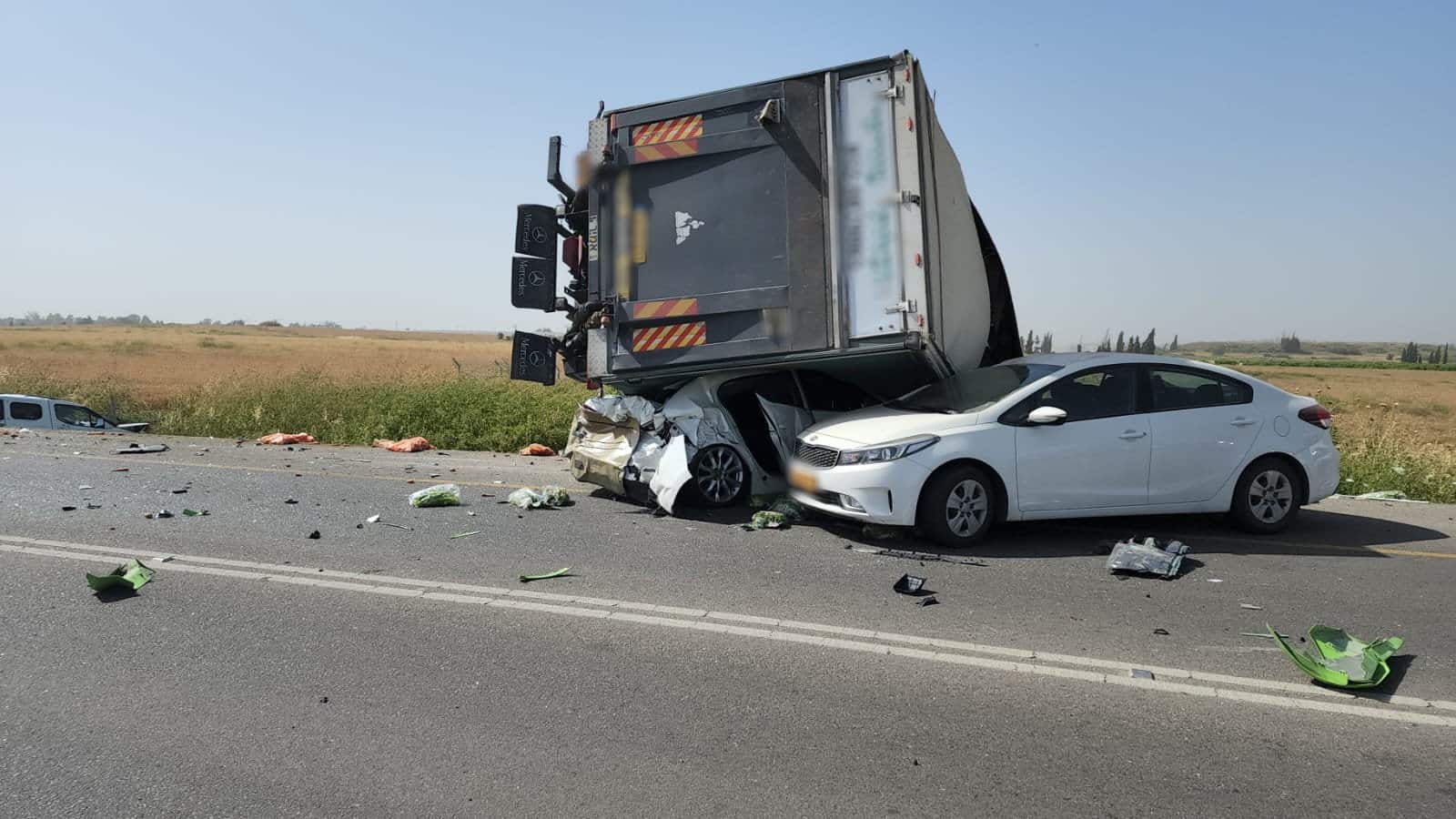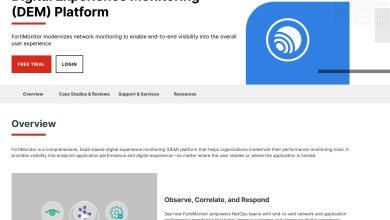
The automotive industry is a dynamic beast, forever evolving to match consumer demands and societal trends. One of the most pronounced shifts in recent years has been the significant uptick in sales of pick-up trucks and larger vehicles. From the sunny coasts of California to the bustling streets of New York, trucks are no longer the exclusive domain of construction sites or rural landscapes; they’re everywhere. But as their popularity rises, so too do concerns about road safety. With these larger vehicles dominating the streets, how has this trend impacted truck accident fatalities?
The Attraction of Bigger Vehicles
Before delving into the statistics and their implications, it’s essential to understand why larger vehicles, especially pick-up trucks, have seen a surge in popularity. A combination of factors has driven this trend:
- Improved Fuel Efficiency: One of the traditional deterrents of buying larger vehicles was their relatively poor fuel efficiency. However, technological advancements in the past decade have led to more fuel-efficient trucks, making them more palatable to the average consumer.
- Versatility and Utility: The functional appeal of pick-up trucks, especially the ability to transport larger items, coupled with spacious interiors, often makes them a preferable choice for families and businesses alike.
- Perceived Safety: There’s a prevailing notion that bigger vehicles provide more protection during accidents due to their size and weight.
The Reality on the Roads
The increased presence of larger vehicles on roads, almost inevitably, has implications for traffic safety. Here are some findings:
- Size Disparity during Collisions: When a larger vehicle collides with a smaller one, the occupants of the smaller vehicle are more likely to face severe injuries or fatalities. The sheer physics of it – the increased mass and height of trucks can result in more forceful impacts, particularly in situations where a truck’s front end hits a smaller car’s side.
- Increased Stopping Distances: Larger vehicles generally require longer distances to come to a complete stop, especially when traveling at higher speeds. This can increase the likelihood of rear-end collisions in sudden braking scenarios.
- Rollover Risks: While modern trucks are engineered to be more stable, their higher center of gravity still makes them more susceptible to rollovers compared to smaller vehicles, especially in high-speed cornering or collision-avoidance maneuvers.
Fatalities and Their Causes
While it’s tempting to draw a direct line between the rise in larger vehicle sales and an increase in road fatalities, the reality is more nuanced. Yes, the number of accidents involving pick-up trucks and bigger vehicles has increased, but this can be attributed to their growing presence on the roads.
However, when these vehicles are involved in accidents, the outcomes can be graver, primarily when smaller vehicles, pedestrians, or cyclists are involved. The increased height of trucks can lead to impacts directly to the heads or upper bodies of pedestrians and cyclists, leading to more severe injuries or fatalities.
Moreover, the larger blind spots associated with bigger vehicles can also increase the chances of accidents, especially in urban environments with busy intersections.
Mitigating the Risks
Understanding the risks associated with larger vehicles, manufacturers and regulatory bodies have been proactive in implementing safety measures:
- Advanced Safety Features: Many modern trucks come equipped with advanced driver assistance systems (ADAS) like blind-spot monitoring, forward-collision warning, and automatic emergency braking. These can significantly reduce the risk of accidents.
- Educational Campaigns: Awareness campaigns targeting both truck drivers and other road users can help in understanding and mitigating the risks associated with larger vehicles.
- Infrastructure Adaptations: Recognizing the changing vehicular landscape, cities and municipalities are rethinking road designs, signage, and traffic rules to accommodate larger vehicles safely.
The undeniable rise in the popularity of pick-up trucks and larger vehicles paints a new landscape for our roads and highways. Their looming presence, while a testament to changing consumer preferences and evolving vehicular technologies, also underscores a new set of challenges in terms of road safety. Bigger vehicles inherently introduce a different dynamic to road traffic. Their size, combined with speed and other variables, means the stakes are higher in the unfortunate event of collisions or mishaps.
However, it’s heartening to observe that as the roads adapt to these larger vehicles, so too does the technology and infrastructure supporting them. Advanced safety systems, increased driver training, public awareness campaigns, and redesigned urban infrastructure are all playing pivotal roles in ensuring that all road users, irrespective of the size of their vehicle or their mode of transportation, can navigate safely. For us as consumers and road users, the onus is on staying informed, understanding the implications of our choices, and actively prioritizing safety. When all these elements come together, we take a collective step toward creating safer roads for present and future generations.




